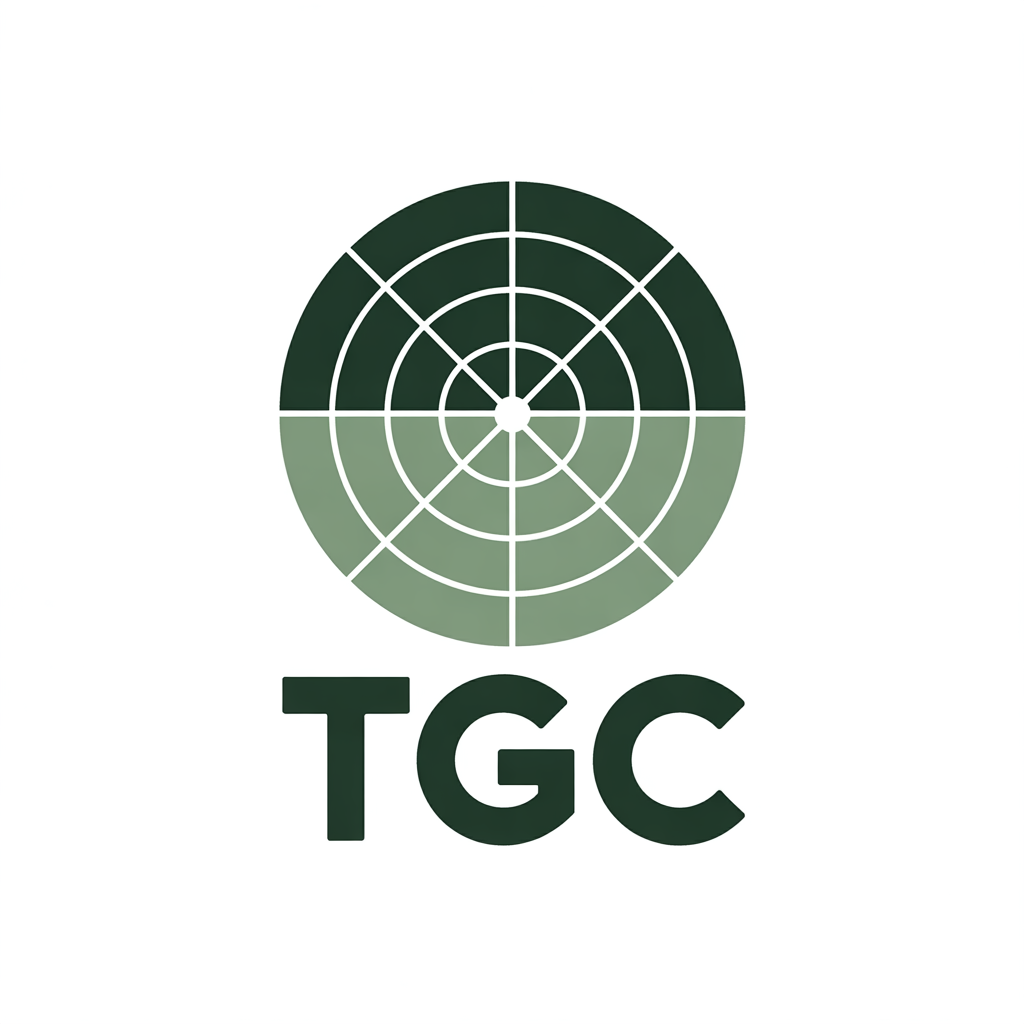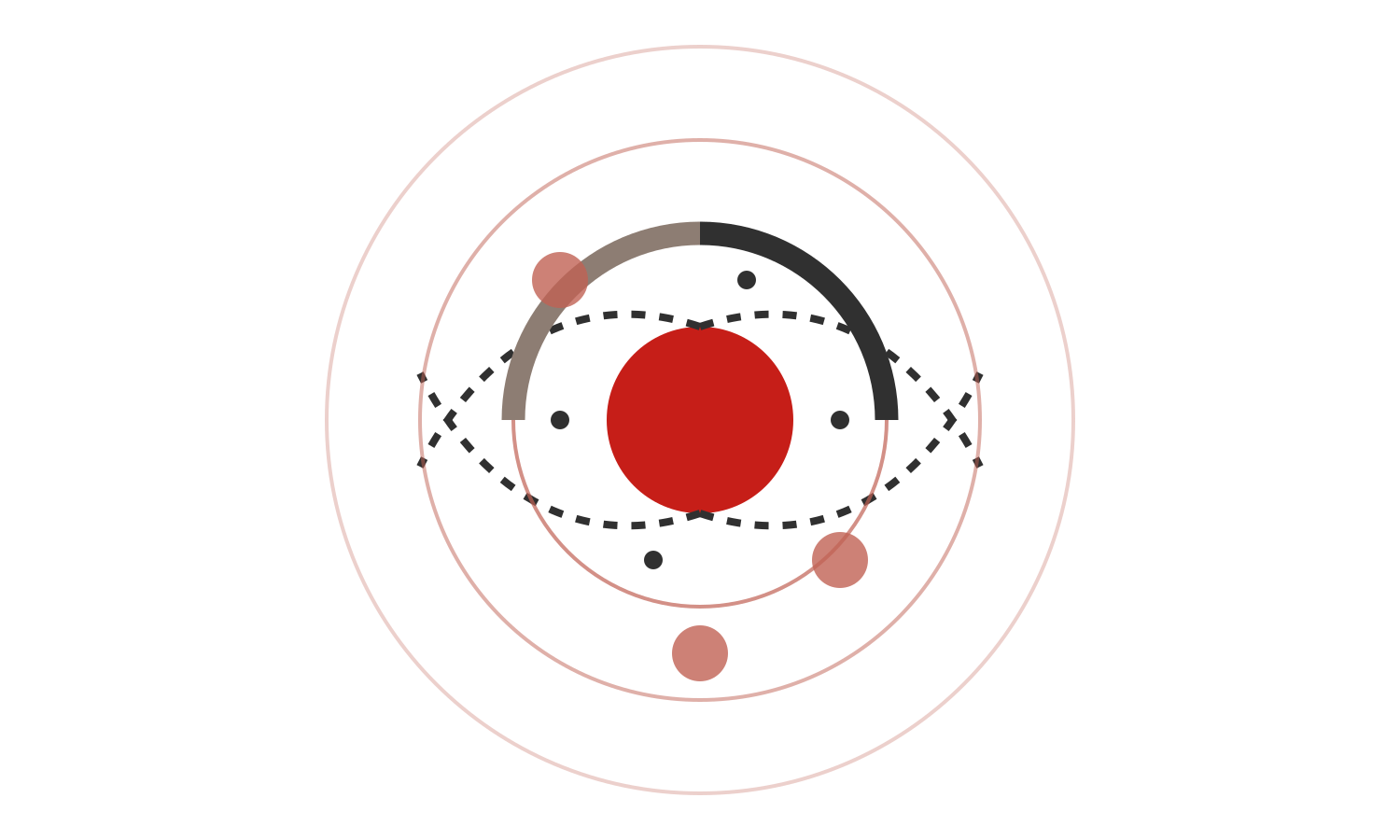In today’s hyper-competitive markets, businesses must harness innovative growth strategies to scale effectively while meeting customer needs. Paul Yacoubian, CEO of Copy.ai, offers invaluable insights into leveraging product-led growth (PLG), strategic analytics, and scalable frameworks in the context of AI-native companies. These principles resonate not only in the AI industry but also in high-stakes sectors like iGaming, where user experience, rapid onboarding, and retention are paramount.
This article unpacks key lessons from Copy.ai’s journey, connecting them to opportunities for iGaming operators to thrive in a fast-evolving landscape.
What is Product-Led Growth (PLG)? A framework for AI and iGaming
PLG centers on driving growth through product usage, enabling companies to acquire, retain, and expand customers directly through their platform’s capabilities. For Copy.ai, PLG meant using generative AI to reduce friction in onboarding and rapidly deliver value. The parallels in iGaming are striking: platforms must engage users immediately, provide seamless functionality, and maintain satisfaction to ensure loyalty.
The core tenets of PLG in iGaming
- Frictionless Onboarding: Like Copy.ai’s approach to guiding users to an activation point, iGaming platforms need streamlined registration processes that allow players to start gaming instantly.
- Feedback Loops: Using player feedback to optimize game mechanics and user experience mirrors the way PLG companies track net promoter scores and customer insights.
- Retention Through Value Delivery: Successful platforms continually innovate and expand their offerings, ensuring players receive ongoing value and entertainment.
Building customer-centric platforms: lessons from Copy.ai
The power of Data-Driven feedback
Yacoubian emphasizes that real-time feedback and analytics are foundational to PLG. At Copy.ai, user surveys and Net Promoter Score (NPS) tracking highlighted areas for improvement, allowing the team to iterate effectively. Similarly, iGaming companies can use data analytics to:
- Monitor in-game behavior and identify pain points.
- Personalize player experiences through targeted offers or game recommendations.
- Enhance loyalty by solving high-friction issues, such as payment processing or withdrawal delays.
Identifying key personas
Copy.ai’s focus on marketing and product management personas enabled them to tailor features to core users. iGaming operators can adopt a similar strategy, segmenting audiences into key personas such as:
- Casual gamers seeking quick, fun experiences.
- High rollers requiring premium features and personalized attention.
- Competitive players looking for tournaments and leaderboards.
By addressing the specific needs of these groups, platforms can drive adoption and retention.
Scaling smartly: avoiding overexpansion
One of Yacoubian’s key insights is the importance of starting with a focused vision and expanding strategically. In iGaming, this translates to:
- Targeted Launch Strategies Focus on a niche market or geography where the platform can achieve dominance before scaling horizontally. For instance, an iGaming operator might prioritize a specific game category—like slots or live casino games—and expand from there.
- Iterative Development Avoid overwhelming users with features they don’t need. Instead, build incrementally based on feedback and data. For example, launch a streamlined sports betting interface, then roll out advanced features like live betting or player analytics.
- Scalable Infrastructure iGaming, like AI companies, must prepare for rapid scaling. Cloud-based platforms, modular architectures, and robust compliance frameworks enable operators to grow without operational bottlenecks.
Monetization models: balancing freemium and premium
Copy.ai’s transition from a freemium PLG model to enterprise sales mirrors a common challenge in iGaming: balancing free-play experiences with revenue-generating activities.
Freemium in iGaming
Freemium games attract casual users by offering no-cost access while monetizing through:
- In-game purchases (e.g., virtual goods, extra lives).
- Advertising revenue from non-paying players.
Premium and High-Value Players
For higher-tier users, iGaming platforms can adopt a sales-led approach akin to Copy.ai’s enterprise strategy. VIP programs, exclusive tournaments, and personalized account management cater to this audience, driving long-term value.
Analytics-Driven growth: the backbone of innovation
Yacoubian highlights the importance of analytics in understanding user behavior and optimizing product offerings. In iGaming, data can reveal:
- Engagement Patterns: Which games or features are most popular?
- Retention Metrics: Why do users churn, and what keeps them coming back?
- Revenue Insights: Which segments drive the highest lifetime value (LTV)?
By leveraging these insights, operators can refine offerings, target marketing efforts, and enhance operational efficiency.
Navigating the evolution of Go-To-Market strategies
Yacoubian describes the shift from a purely PLG model to a hybrid sales-led motion, a strategy that resonates in iGaming as platforms mature.
From Player-Centric to Partner-Centric
Initially, iGaming platforms focus on player acquisition and engagement. As they scale, partnerships with game developers, payment providers, and marketing affiliates become essential for sustained growth.
Dynamic packaging and bundling
Just as Copy.ai bundles features to simplify procurement for enterprise clients, iGaming platforms can bundle games, loyalty benefits, and bonuses to create value for both casual players and high-value customers.
Adapting organizational structures for growth
PLG requires a culture of experimentation and cross-functional collaboration. Yacoubian suggests that teams should adopt growth-oriented mindsets, which is equally applicable to iGaming operators.
Key enablers for iGaming success
- Growth Teams: Cross-functional units focusing on onboarding, user engagement, and monetization.
- Real-Time Experimentation: A/B testing game mechanics, promotions, and UI designs to optimize performance.
- Customer Support Excellence: Building trust and satisfaction through responsive, personalized assistance.
Strategic takeaways for iGaming operators
1. Embrace Product-Led Growth principles
Focus on delivering seamless, engaging experiences that naturally convert casual users into loyal customers.
2. Use data to drive decisions
Leverage analytics to understand player behavior, refine offerings, and identify high-value segments.
3. Scale thoughtfully
Start narrow, perfect the core offering, and expand in concentric circles to capture additional market share.
4. Blend monetization models
Combine freemium models with premium offerings to cater to diverse audience segments.
5. Stay agile
Foster a culture of experimentation and adaptability to navigate the ever-changing landscape of iGaming.
Conclusion: bridging PLG and iGaming excellence
The lessons from Copy.ai’s product-led growth journey underscore the value of customer-centric innovation and strategic scalability. By adopting these principles, iGaming operators can deliver exceptional experiences, optimize monetization, and thrive in a competitive market. In an era defined by AI and data-driven strategies, the fusion of PLG with iGaming creates opportunities for unprecedented growth and innovation.tributes meaningfully to long-term goals.
Contact The Gambling Cockpit for more details on how to implement and reach your goals.
Reach us directly through the following links.

Pierric Blanchet
Founder @ TGC
Frequently asked questions
Product-Led Growth (PLG) is a business strategy where growth is primarily driven by the product itself. Instead of relying heavily on traditional sales and marketing efforts, PLG focuses on creating a product that is so valuable and easy to use that customers naturally discover, adopt, and spread the word. This often involves offering free trials, self-service onboarding, and in-product guidance to encourage user engagement and exploration.
In the AI industry, PLG can be highly effective. AI companies can leverage free trials or freemium models to allow potential customers to experience the power of their AI solutions firsthand. By demonstrating the value proposition directly through product usage, AI companies can build trust, gather valuable user feedback, and accelerate customer acquisition.
iGaming companies can leverage PLG by creating highly engaging and user-friendly platforms. This includes: Streamlined onboarding processes: Making it easy for new players to register and start playing.
– Frictionless gameplay: Ensuring smooth and enjoyable gameplay experiences with minimal interruptions.
– In-game rewards and incentives: Motivating players to explore different games and features.
– Personalized experiences: Tailoring game recommendations and promotions to individual player preferences.


